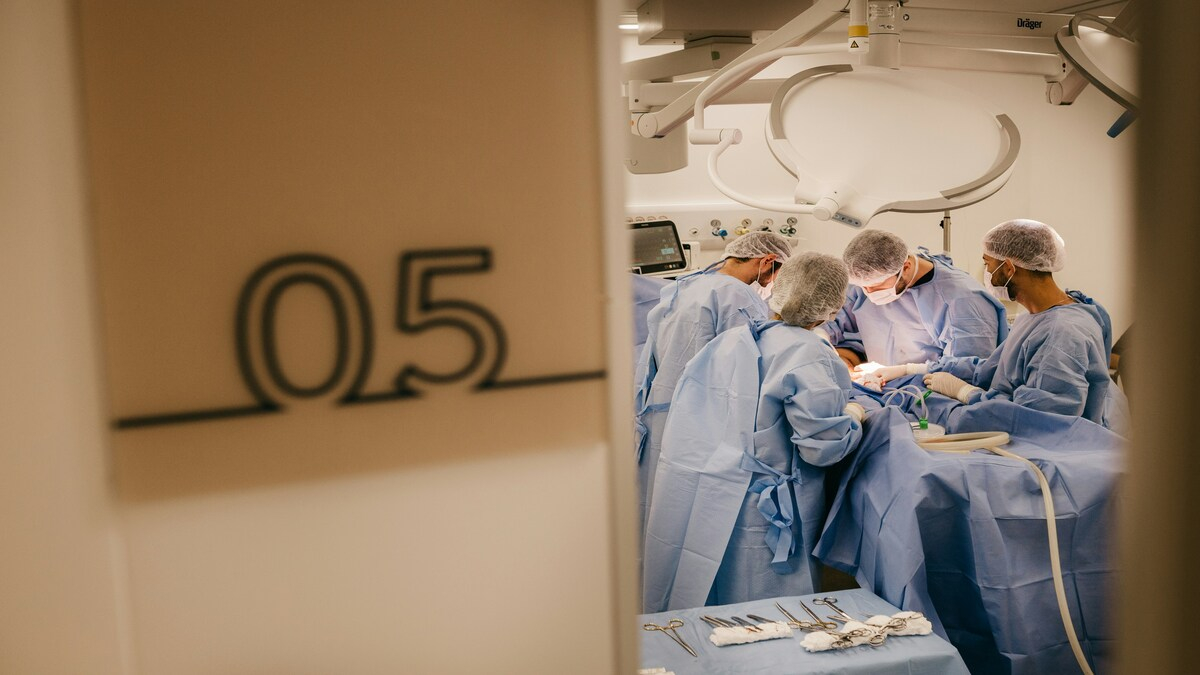Cataract is one of the most common health problems which affects the ability of an individual to perform their day-to-day tasks like driving, reading, or even the recognition of faces. That is, they develop when the natural lens of the eye in cloudy form develops mostly due to old age or due to some trauma. If one fails to treat cataracts, they will have to endure a lot of visual difficulties and in most cases, total loss of vision. For such individuals, undergoing cataract surgery stands out as the most reliable remedial procedure for vision restoration. Nonetheless, the cost of this surgical operation is expensive, for many, this eye surgery without health insurance can cost from $3,500 to $7,000 for each eye. This means, does Medicare pay for it?
Read more: Good news from Social Security – Notifications of COLA adjustment increase to arrive this date
As it turns out however, this surgery is necessary and therefore covered by Medicare. Generally, the process consists of excising the opacified lens and replacing it with a clear intraocular lens, which allows for vision restoration. It is part of the Medicare Program which is concerned with Optical Rehabilitation Services and Innovations, which is inclusive of the traditional approach, laser approach and other interventions. Standard IntraOcular Lens (IOL) placements also prior to surgery along other interventions such as replacement of the natural lens with the standard IOL, diagnostic procedures, and check-ups after the operation are also part and parcel of the coverage. One pair of standard framed spectacles or one set of contact lenses post-operatively along with the surgery is also covered by Medicare. Such advantages can greatly lessen costs incurred by patients but generally, Members need to pay about 20% of the indexed price of the procedure after the applicable deductible is paid.
You see, there are two basic approaches to tackling cataract surgery. The first one is the utilization of phacoemulsification, which is a technique that uses ultrasound waves to emulsify the cloudy lens before aspirating it out through suction. The second method, known as extracapsular lens extraction, involves a larger cut made in order to take out the lens in its totality without fragmentation. Both approaches are safe and highly successful with short periods of rehabilitation. The actual recovery period is about four to six weeks but in most cases, patients notice change in vision within days following the procedure.
Cataracts can influence more than one aspect of eye health, namely the acuity of vision or even the perception of colors. Many patients with cataracts report that colors become less vivid or more yellow, and they are frustrated because they cannot appreciate the true colors of the world. Which is to say, Cataract surgery gives those chances back and also significantly improves ward’s functionality.
Those who are planning on undergoing cataract surgery have to comprehend the relevant aspects of Medicare coverage. Since Medicare covers a good part of this procedure, and sometimes it is that which makes such a costly procedure more appealing, patients should anticipate some extra fees and think deeply about an extra policy that will take care of the expenses. In this way, they will be able to treat cataracts in time and equipment thanks will not pose a barrier to achieving their purpose and overall health status.
